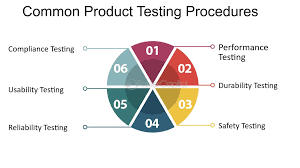In today’s globalized marketplace, product compliance certification is more than a legal obligation—it's a critical element in building consumer trust, accessing international markets, and protecting public safety. This article offers a comprehensive look at what product compliance certification entails, why it matters, and how businesses can navigate the process effectively.
What is Product Compliance Certification?
Product compliance certification is a formal process that verifies whether a product meets the relevant regulatory, technical, and safety standards set by governing bodies in a specific region or industry. These standards may pertain to electrical safety, electromagnetic compatibility, chemical composition, environmental impact, and more.
The goal is to ensure that products are safe, efficient, environmentally friendly, and free from harm to consumers, property, or the environment.
Why Product Compliance Certification is Important
-
Legal Requirement
Most countries require products to comply with certain regulations before they can be legally sold. Non-compliance can lead to fines, recalls, import bans, or even legal action. -
Market Access
Certification enables entry into global markets, such as the European Union (CE marking), the United States (FCC, UL, FDA), and China (CCC), each of which has its own compliance standards. -
Consumer Trust
Certified products carry labels that communicate reliability and safety, improving consumer confidence and enhancing brand reputation. -
Risk Management
Ensuring product compliance reduces the risk of injury, damage, or litigation, safeguarding both users and the company.
Types of Product Compliance Certifications
Depending on the industry and location, different certifications apply:
-
CE Marking (EU): Required for many products to enter the European Economic Area (EEA).
-
FCC Certification (USA): For electronic devices emitting radio frequency.
-
UL Certification (USA): Ensures product safety for electrical and fire hazards.
-
RoHS Compliance (EU): Limits hazardous substances in electrical and electronic products.
-
REACH (EU): Addresses the production and use of chemical substances.
-
CCC (China Compulsory Certification): Mandatory for various products in China.
-
CSA (Canada): Applies to electrical, mechanical, and plumbing products.
-
ISO Certification: Global standards for quality, safety, and efficiency.
-
UKCA Marking (UK): Post-Brexit version of CE marking for the UK.
The Product Compliance Process: Step-by-Step
-
Identify Applicable Regulations
Determine which laws and standards apply to your product based on geography, industry, and product category. -
Product Testing and Evaluation
Products are tested against relevant standards. This may be conducted in-house or at an accredited third-party lab. -
Documentation and Technical Files
Prepare documentation such as:-
Technical specifications
-
Risk assessments
-
Test reports
-
User manuals
-
Declaration of conformity
-
-
Third-Party Certification (if required)
Some markets or product types mandate certification from Notified Bodies or Certification Authorities. -
Labeling
Products must display compliance marks (e.g., CE, FCC, CCC) indicating they meet the required standards. -
Ongoing Compliance
Maintain compliance by tracking regulatory updates, performing periodic audits, and monitoring product changes.
Challenges in Product Compliance
-
Complex Regulations: Varying standards across countries make compliance difficult for global brands.
-
Cost and Time: Certification can be expensive and time-consuming, especially with third-party testing.
-
Changing Laws: Regulatory landscapes evolve frequently, requiring continuous vigilance.
-
Documentation Management: Maintaining accurate and up-to-date records is crucial and often overlooked.
Tips for Ensuring Smooth Compliance
-
Engage Early: Begin compliance planning in the design phase to reduce costly modifications later.
-
Work with Experts: Use consultants or certification bodies familiar with local and international regulations.
-
Use Accredited Labs: Always opt for ISO 17025-accredited labs for reliable test results.
-
Invest in Compliance Software: Tools that track global regulations, manage documentation, and alert about updates can streamline the process.
Benefits of Achieving Product Compliance Certification
✅ Access to global markets
✅ Reduced legal and financial risk
✅ Boosted consumer confidence
✅ Improved product quality and reliability
✅ Better internal processes and documentation
Final Thoughts
In a world where regulatory oversight is increasing and consumers demand safer, more sustainable products, product compliance certification is no longer optional—it’s a business necessity. Whether you’re launching a tech gadget, a medical device, or a consumer good, ensuring compliance from the start will save time, money, and reputational risk.
By proactively integrating compliance into your product development lifecycle, your business can enjoy smoother market entry, enhanced trust, and long-term success in competitive markets.
Need Help?
If you’re navigating product certification for the first time or expanding to a new region, consider partnering with a product compliance expert or a certification service provider to avoid pitfalls and accelerate approvals.


